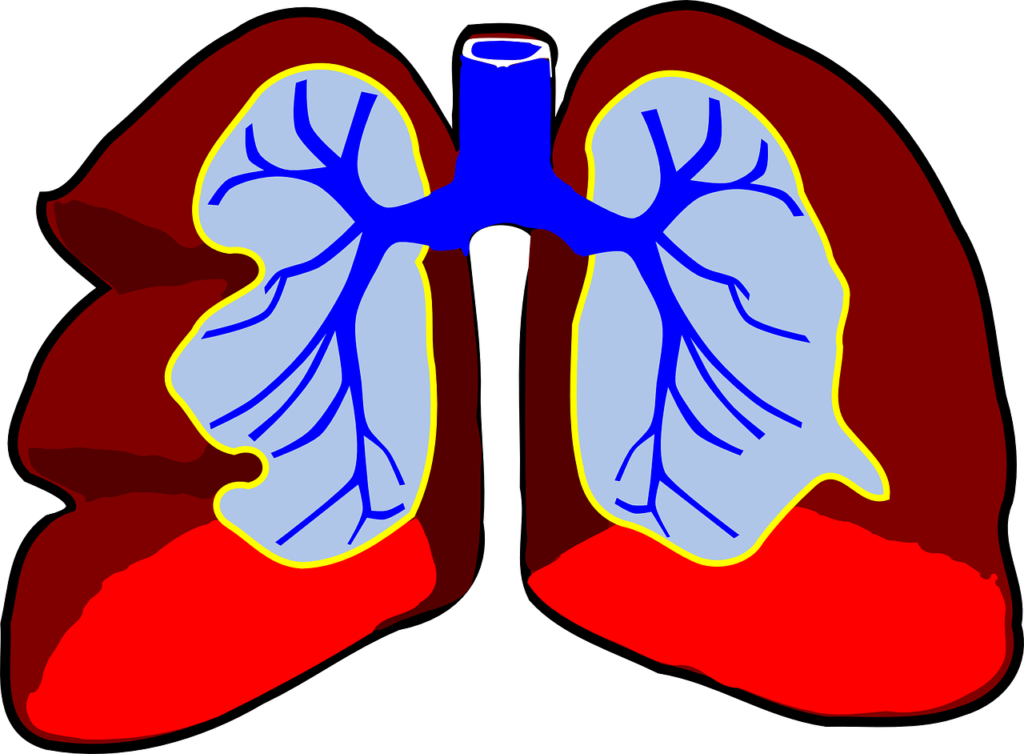An English scientist John Dalton‘s developed a Law of Partial Pressures in 1801. It is a fundamental idea in the behavior of gases, particularly in the circumstance of gas mixtures. Relationship between the aggregate pressure of a mixture of non-reactive gases and the pressures of the constituent gases in the mixture is clarified by Dalton’s law.
Explain Dalton’s Law of Partial Pressures :-
A mixture of non-reactive gases exerts a total pressure equal to the sum of the partial pressures of the constituent gases that make up the mixture.
Mathematically, it is expressed as: P total = P1+P2+P3+⋯+Pn
Where:
P total = Total pressure of the gas mixture
P1, P2, P3,… = Partial pressures of individual gases in the mixture
Pressure of a gas would experience if it were the only substance occupying the entire volume of the container at the same temperature is known as its partial pressure. Stated, the total pressure of a mixture of gases is equal to the sum of the pressures of all the individual gases if they individually filled the same volume.
Mole Fraction and Dalton’s Law:–
It is possible to integrate the idea of the mole fraction with Dalton’s law. The ratio of a gas’s moles to the total moles in the mixture is known as the mole fraction of that gas in the mixture. It’s expressed as:
Xi = ni / n total
Where:
Xi = Mole fraction of the gas
ni = Number of moles of the gas
n total = Total number of moles of all gases in the mixture
According to Dalton’s law, the partial pressure of a gas is proportional to its mole fraction. This relationship is expressed as:
Pi = Xi × P total
Where:
Pi = Partial pressure of the gas
Xi = Mole fraction of the gas
P total = Total pressure of the gas mixture
This formula allows us to calculate the contribution of each gas in a mixture to the total pressure based on its mole fraction.
Applications of Dalton’s Law:-
1. Gas Collection Over Water: A common practice in lab studies is to collect gasses over water. The pressure of the gas itself plus the water vapor pressure adds up to the total pressure of the gas collected. The partial pressure of the gas is calculated by deducting the water vapor pressure from the total pressure using Dalton’s law.
Pgas = Ptotal − Pwater vapor
2. Respiratory Physiology: Behavior of gases in biological systems, particularly in human breathing, requires an understanding of Dalton’s law. The partial pressures of nitrogen, oxygen, carbon dioxide, and trace gases add up to the overall pressure of the air we breathe. Differences in the partial pressures of oxygen and carbon dioxide in the blood and alveoli power the exchange of these gases in the lungs.
3. Diving and Hyperbaric Medicine: When diving, where a diver inhales a combination of gases, Dalton’s law is crucial. As the diver descends farther, both the total pressure and the partial pressures of nitrogen and oxygen climb. Controlling the partial pressure of oxygen is essential to prevent oxygen toxicity, as high partial pressures of nitrogen can cause nitrogen narcosis.
4. Industrial Gas Mixtures: In industries where gas mixtures are used, such welding and the creation of specialty gases, Dalton’s law is utilised. When designing processes and equipment, it is helpful to know how each component gas adds to the overall pressure.

Limitations of Dalton’s Law:-
1.Non-Ideal Behavior: According to Dalton’s law, gases operate in an ideal state in which there is no interaction between them and no significance of their individual volumes. Real gases, however, behave differently from ideal gases, particularly at high pressures and low temperatures, when the volumes of the gas molecules themselves and inter-molecular forces become significant.
2. Reactive Gases: Dalton’s law is limited to gas combinations that are not reactive. Dalton’s law cannot be directly used in situations where gases react chemically (e.g., when hydrogen and oxygen combine to form water), as the reaction modifies the properties of the gases involved.
Note:-
The foundation of gas laws is Dalton’s Law of Partial Pressures, which offers a straightforward but effective way to comprehend how gas mixtures behave. It can be used in many different contexts, ranging from straightforward lab tests to intricate industrial and medicinal applications. Dalton’s law is nevertheless a fundamental theory in the study of gases despite its drawbacks, especially in less-than-ideal circumstances.
Dalton’s Law of Partial Pressures states that the total pressure exerted by a mixture of non-reactive gases is equal to the sum of the partial pressures of each individual gas in the mixture.